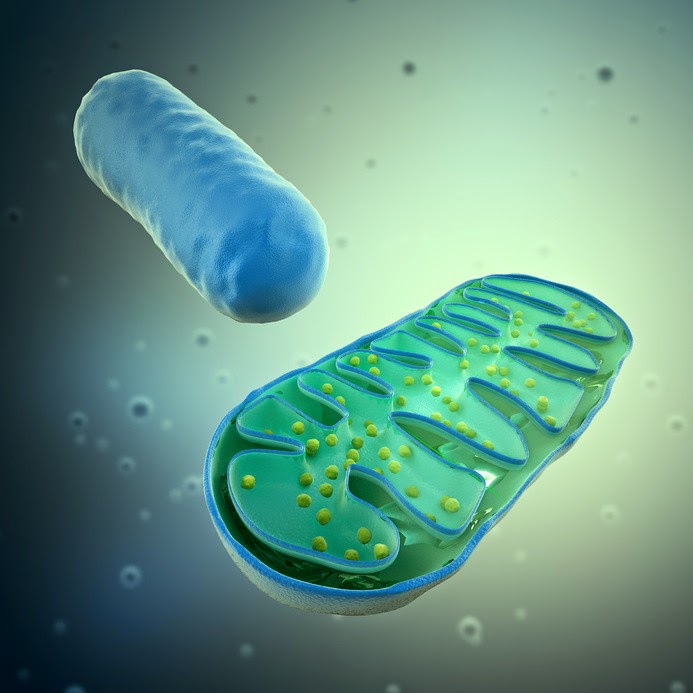
Parts of the primordial soup in which life arose have been maintained in our cells today according to scientists at the University of East Anglia.
Research published today in the Journal of Biological Chemistry reveals how cells in plants, yeast and very likely also in animals still perform ancient reactions thought to have been responsible for the origin of life — some four billion years ago.
The primordial soup theory suggests that life began in a pond or ocean as a result of the combination of metals, gases from the atmosphere and some form of energy, such as a lightning strike, to make the building blocks of proteins which would then evolve into all species.
The new research shows how small pockets of a cell — known as mitochondria — continue to perform similar reactions in our bodies today. These reactions involve iron, sulfur and electro-chemistry and are still important for functions such as respiration in animals and photosynthesis in plants.
Lead researcher Dr Janneke Balk, from UEA’s school of Biological Sciences and the John Innes Centre, said: “Cells confine certain bits of dangerous chemistry to specific compartments of the cell.
“For example small pockets of a cell called mitochondria deal with electrochemistry and also with toxic sulfur metabolism. These are very ancient reactions thought to have been important for the origin of life.
“Our research has shown that a toxic sulfur compound is being exported by a mitochondrial transport protein to other parts of the cell. We need sulfur for making iron-sulfur catalysts, again a very ancient chemical process.
“The work shows that parts of the primordial soup in which life arose has been maintained in our cells today, and is in fact harnessed to maintain important biological reactions.”
The research was carried out at UEA and JIC in collaboration with Dr Hendrik van Veen at the University of Cambridge. It was funded by the Biotechnology and Biological Sciences Research Council (BBSRC).
‘A Conserved Mitochondrial ATB-Binding Cassette Transporter Exports Glutathione Polysufide for Cytosolic Metal Cofactor Assembly’ is published in the Journal of Biological Chemistry.
Note : The above story is based on materials provided by University of East Anglia.










